Content from the Brookings Institution India Center is now archived. After seven years of an impactful partnership, as of September 11, 2020, Brookings India is now the Centre for Social and Economic Progress, an independent public policy institution based in India.
By now, all of us are used to global rankings of various kinds placing India close to the bottom of a large set of countries. Whether it is ease of doing business or corruption or transparency or human development or infrastructure quality, whenever a new ranking is announced, one instinctively begins searching for India from the bottom. There is occasionally some relief when the country’s rank moves up a couple of notches from the previous round, or when the gap between India and major competitors narrows. But, apart from these, there is now a virtual sense of indifference to rankings and business as usual prevails.
It shouldn’t be like this. Opportunities to travel to several parts of the country over the past few years have brought home to me just how appalling the state of infrastructure in many parts of the country is. A visit to a city of great religious significance over the weekend revealed that it had no roads worth the name, just an unending series of diggings and not of the archeological variety. Our metros are bad enough when it comes to traffic congestion and waste management, but several smaller cities and towns I have visited make the bigger ones look like paradise!
This state of affairs is all the more worrisome because, over the past decade or so, there have been several major initiatives on infrastructure. Across sectors, projects have been initiated, many under the public-private partnership framework. There have been some outstanding successes, notably airports (the city I visited had a great new airport, but no noticeable road to get to it!) and power generation capacity, besides the well-known telecom story. But the fact is that the productivity of infrastructure, generally speaking, is hugely dependent on the overall development of the system; in other words, it is subject to high “network externalities”. It isn’t much use having a state-of-the-art port if the rail and road linkages to it aren’t in place. Four-lane national highways that are fed by narrow, congested and potholed service roads aren’t capable of delivering full value for the money spent on them. And so on.
The World Economic Forum’s Global Competitiveness Report 2013-2014, like previous editions, ranks countries on a range of indicators, including infrastructure. The infrastructure component is given a 25 per cent weight in its competitiveness index. If India is to accelerate and sustain growth, there are no prizes for guessing that this will not happen unless significant improvements are made in the infrastructure system as a whole, without which the network externalities cannot be exploited. If the current state of Indian infrastructure in relative terms is not much better than it was several years ago, either other countries have done more to develop their systems or India’s efforts over the past decade have not borne much fruit. In reality, both factors are at work.
The table provides the report’s scores for India (and the inevitable comparison with China) for seven infrastructure indicators as well as an overall score. For comparison purposes, the highest-scoring country on each indicator is listed. For the first five indicators and the overall quality, scores are on a seven-point scale, the higher the better; while for the two telecom indicators, they reflect the number of connections per 100 people.
First, the good news: India ranks five positions above China on air transport infrastructure! I’ve been to three Chinese airports, one a relatively small one. My impression of several of the recently operationalised smaller Indian airports is consistent with this ranking. Significantly, all these projects have been executed by the Airports Authority of India, with no private participation. They follow standard designs and layouts and are generally very efficient from all user perspectives. Of course, their financial viability is an issue, but that is another story.
But as I’ve experienced, getting to some of these airports is another matter altogether, even though some of them are on national highways. The gap between China and India is relatively wide, 31 positions, on the road quality index. The National Highways Development Programme, after a promising start, clearly hit, literally, several roadblocks, as a result of which there are significant capacity mismatches across the road network. This is aggravated by the imbalance between the investment in highways and the development of access and service roads. A key determinant of the productivity of networks is the “weakest link” principle, and this is dramatically demonstrated by our road system.
In ports as well, India is far behind China, 26 positions. The more globally integrated the economy becomes, the more this inefficiency costs us, in terms of foregone export opportunities because of higher costs and more expensive imports. By contrast, India is not just ranked relatively high on railway infrastructure, 24th, but is just behind China at number 21. Even so, when I presented these numbers to two groups of college students recently, they were received with derisive laughter, which tells us that having good infrastructure is not the same as providing good service!
The other critical gap that is highlighted by this comparison is in electricity; India is 63 positions behind China, almost at the bottom of the table. Here is the great irony; we have added more generating capacity over the past five years than in any comparable period before this. But capacity without fuel is of no use; until we can bring fuel linkages up to requirements, this capacity will be underutilised, bringing to memory the old line: “water, water everywhere and not a drop to drink!”
I draw three pretty obvious messages from this picture. First, notwithstanding pockets of success, our overall infrastructure strategy hasn’t delivered to the extent necessary. One reason for this is that we have not approached “infrastructure” as a fully integrated network. Two, the benefits of successful projects are significantly diluted by their linkages on failed ones. The “weakest link” principle is essentially why our overall infrastructure experience is so negative, despite some strategies and projects being successful. Third, the cost of moving from the 80-100 rank range to even the 50-70 range is going to be enormous – the trillion dollar aspiration of the 12th Five-Year Plan reflected this. But the money needs to be spent in a consistent way across sectors and, most importantly, over time, to get the best value from it. It is a lot easier to move down the rankings than it is to move up.
This column first appeared in the Business Standard, on March 9, 2014. The views are of the author(s).
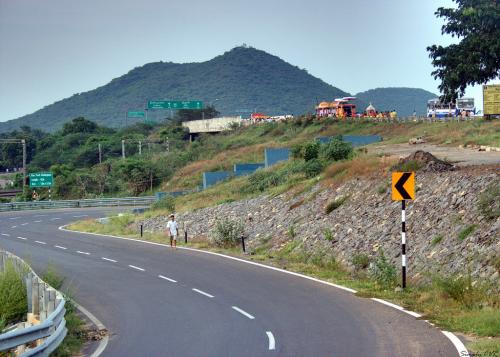
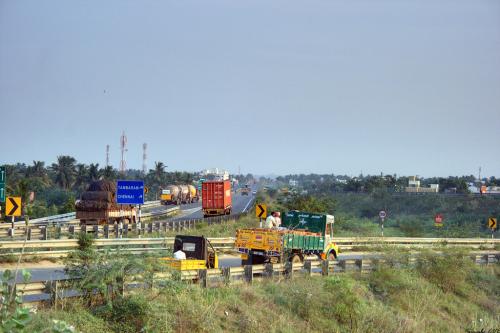

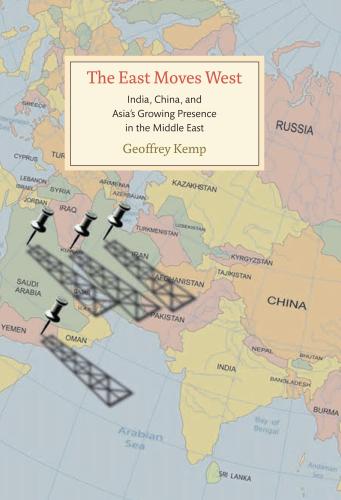
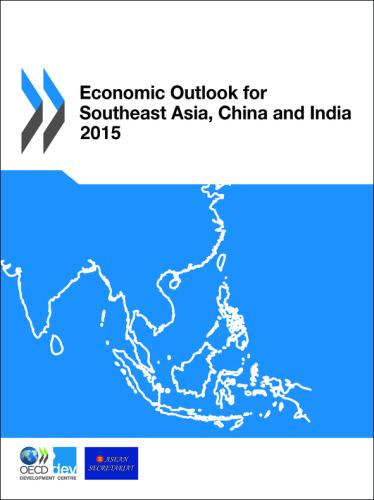



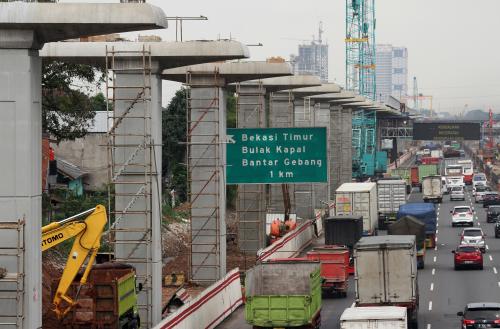

Commentary
Op-edSlippery Slope for Infrastructure
March 10, 2014